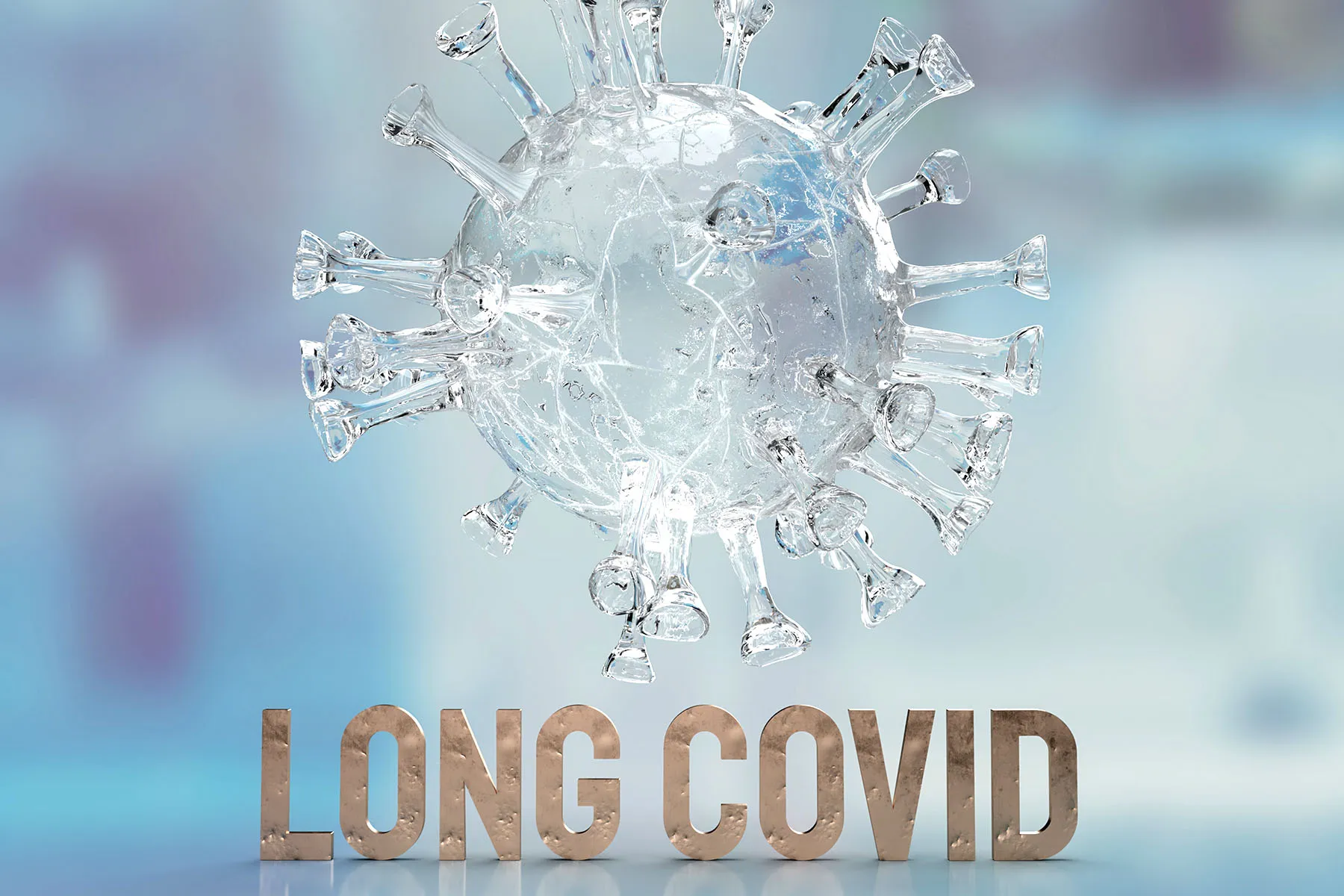April 7, 2023 – More than 3 years into the COVID-19 pandemic, lasting symptoms are becoming quite common, with residents of certain states, women, Hispanic people, and transgender people more at risk, a new report shows.
More than one in four adults sickened by the virus go on to have long COVID, according to a new report from the U.S. Census Bureau. Overall, nearly 15% of all American adults – more than 38 million people nationwide – have had long COVID at some point since the start of the pandemic, according to the report.
The report, based on survey data collected between March 1 and 13, defines long COVID as symptoms lasting at least 3 months that people didn’t have before getting infected with the virus.
It is the second recent look at who is most likely to face long COVID. A similar study, published last month, found that women, smokers, and those who had severe COVID-19 infections are most likely to have the disorder
The Census Bureau report found that while 27% of adults nationwide have had long COVID after getting infected with the virus, the condition has impacted some states more than others. The proportion of residents hit with long COVID ranged from a low of 18.8% in New Jersey to a high of 40.7% in West Virginia.
Other states with long COVID rates well below the national average include Alaska, Maryland, New York, and Wisconsin. At the other end of the spectrum, the states with rates well above the national average include Kentucky, Mississippi, New Mexico, Nevada, South Carolina, South Dakota, and Wyoming.
Long COVID rates also varied by age, gender, and race. People in their 50s were most at risk, with about 31% of those infected by the virus going on to have long COVID, followed by those in their 40s, at more than 29%.
Far more women (almost 33%) than men (21%) with COVID infections got long COVID. And when researchers looked at long COVID rates based on gender identity, they found that transgender adults were more than twice as likely to have long COVID than cisgender males. Bisexual adults also had much higher long COVID rates than straight, gay, or lesbian people.
Long COVID was also much more common among Hispanic adults, affecting almost 29% of those infected with the virus, than among White or Black people, who had long COVID rates similar to the national average of 27%. Asian adults had lower long COVID rates than the national average, at less than 20%.
People with disabilities were also at higher risk, with long COVID rates of almost 47%, compared with 24% among adults without disabilities.
https://img.webmd.com/vim/live/webmd/consumer_assets/site_images/article_thumbnails/news/2022/09_2022/long_covid/1800x1200_getty_rf_long_covid_4.jpg
2023-04-07 19:34:45





